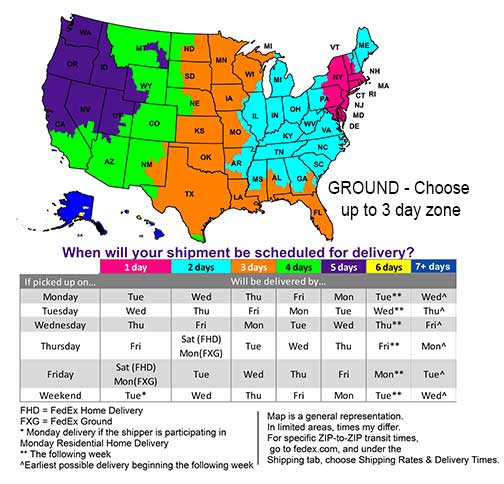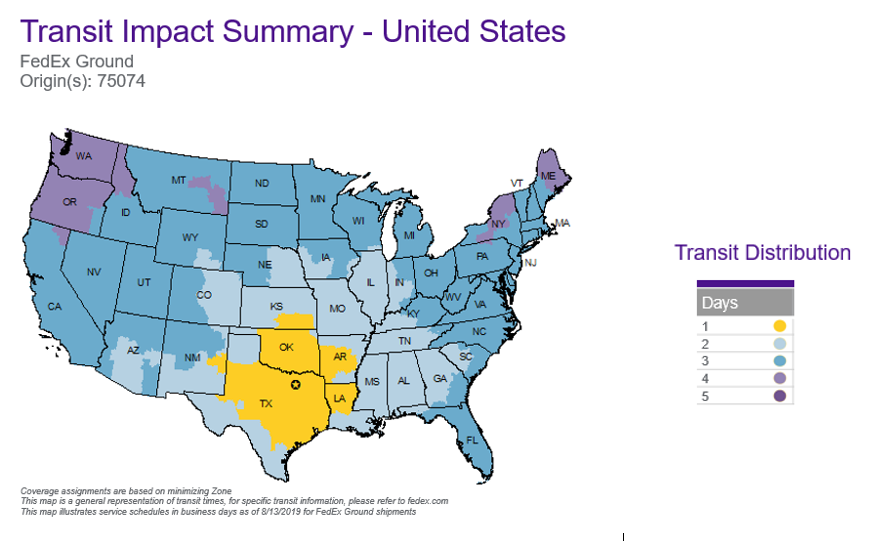
The further your fulfillment warehouse is from your customer, the higher the zone.įor example, if a package originates in Knoxville, the origin ZIP code starts with 377. The simplest way to explain zones is the distance between two points. Shipping zones radiate out from the point of origin, so a map showing shipping zones will be different depending on where you ship from. The higher the zone number, the farther the destination is from the point of origin. Each zone is within a certain distance from your point of origin, and each zone includes a set of ZIP codes.

Create a national fulfillment plan that doesn’t tie up your cash flow.Ī shipping zone is a segment of delivery territory.addresses in two days or less via ground service. By shipping from just these two locations, our clients reduce the number of shipping zones their packages cross to reach customers without stretching inventory thin.īenefits of warehousing with RSF include: Red Stag Fulfillment provides 3PL services from two strategic fulfillment hubs: Knoxville, TN, and Salt Lake City, UT. Leverage warehouse locations to reduce shipping time, costs

When you use zones to your advantage, you can reduce shipping costs and even offer free shipping. Shipping zones affect eCommerce fulfillment costs and delivery times, so a clear understanding of shipping zones should inform your fulfillment strategy. Each zone corresponds with an approximate number of days from the point of origin to the delivery address, and the zones within the continental U.S. Zones relate closely (but often not exactly) to distance traveled. Carriers such as FedEx, UPS, and USPS use shipping zones to determine the shipping cost of a package.


 0 kommentar(er)
0 kommentar(er)
